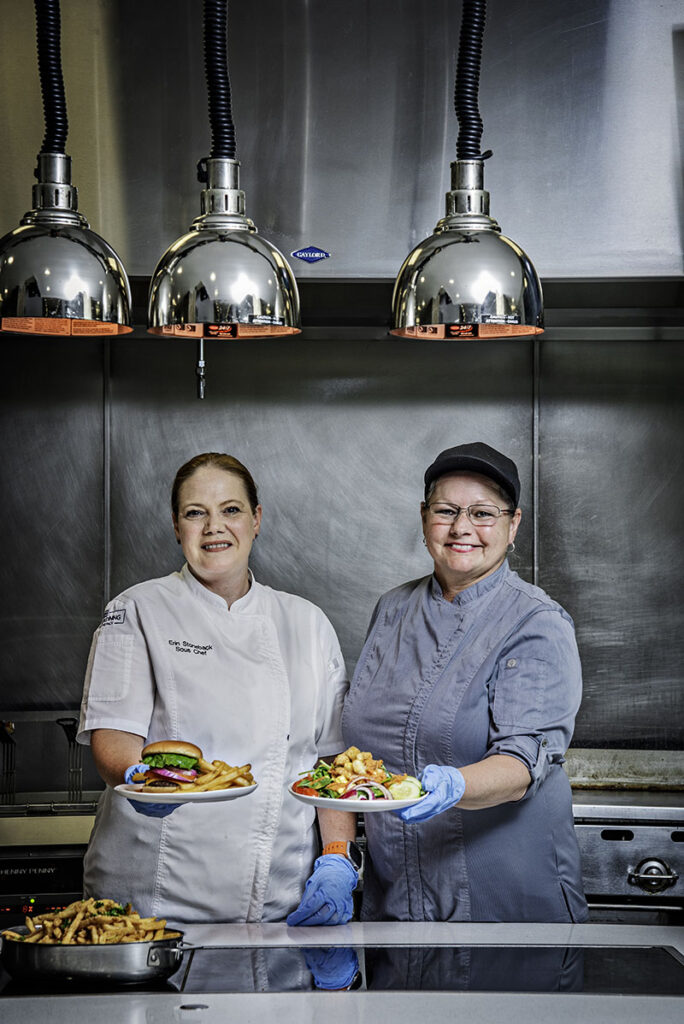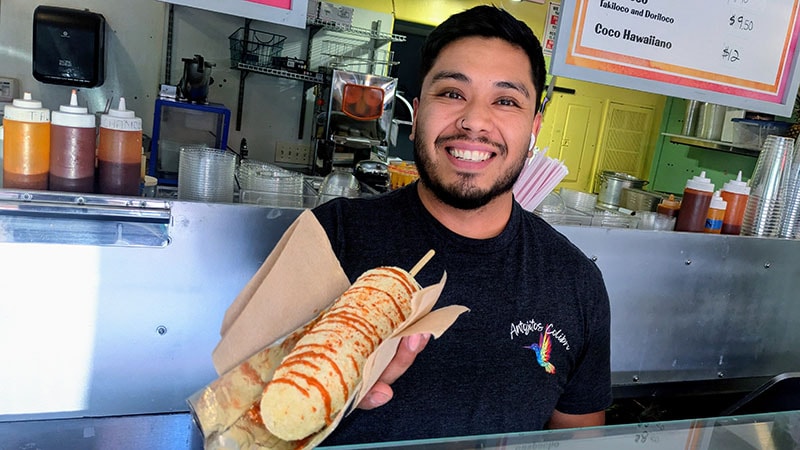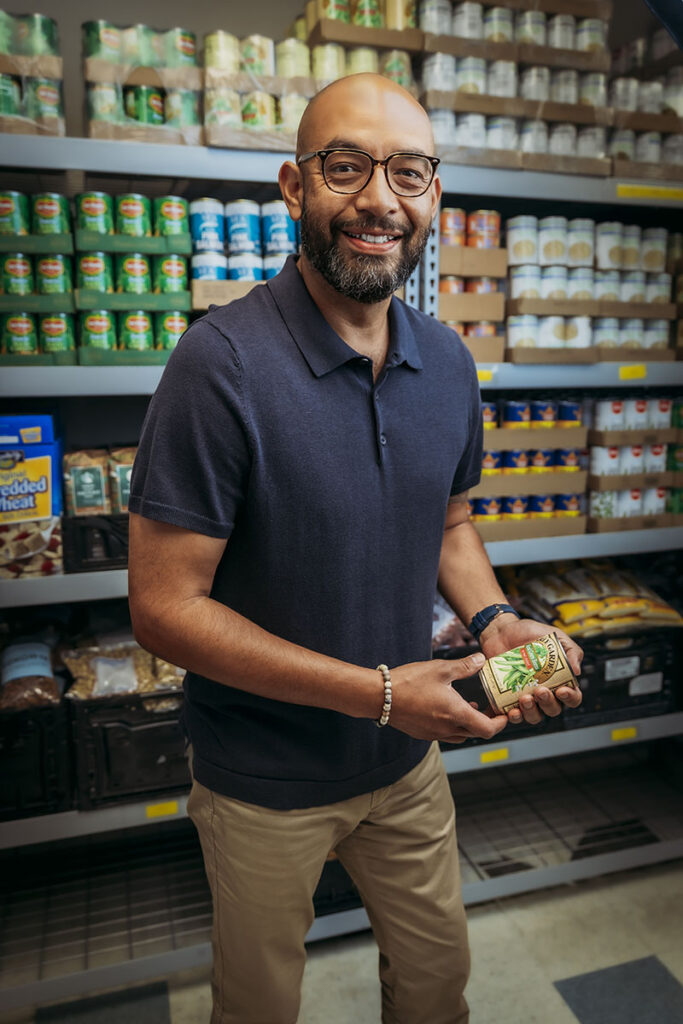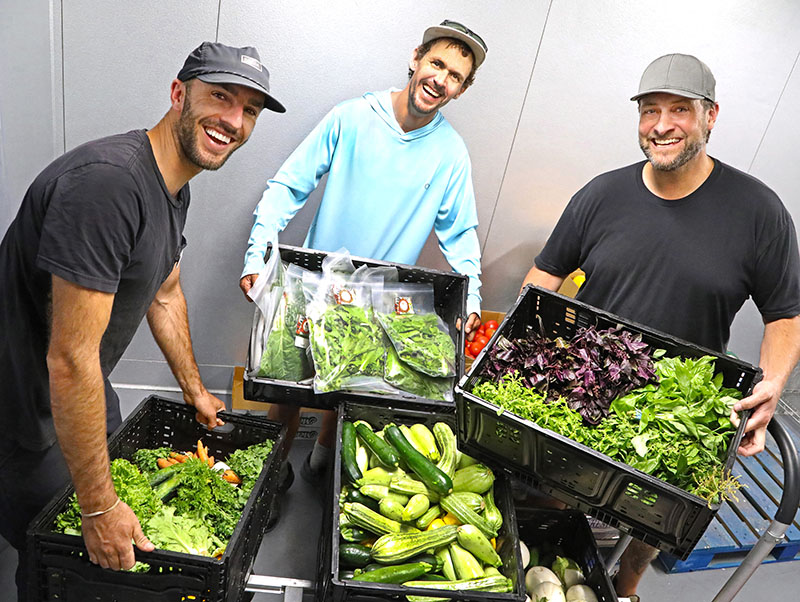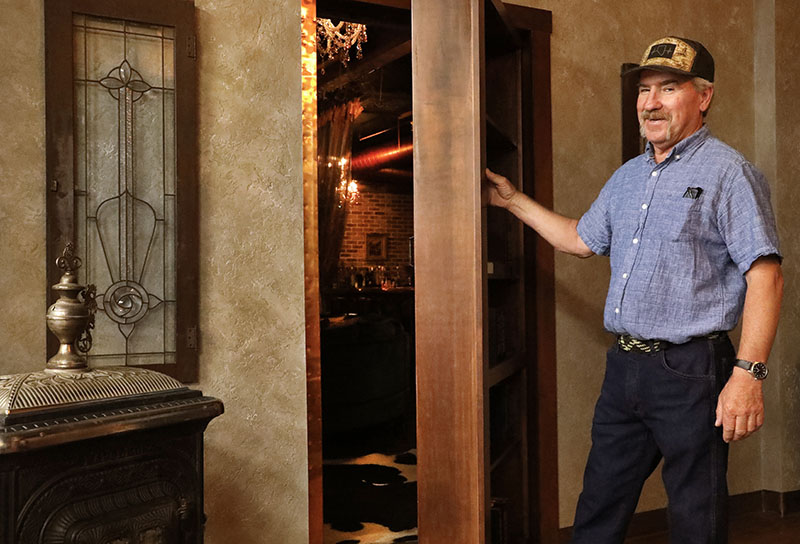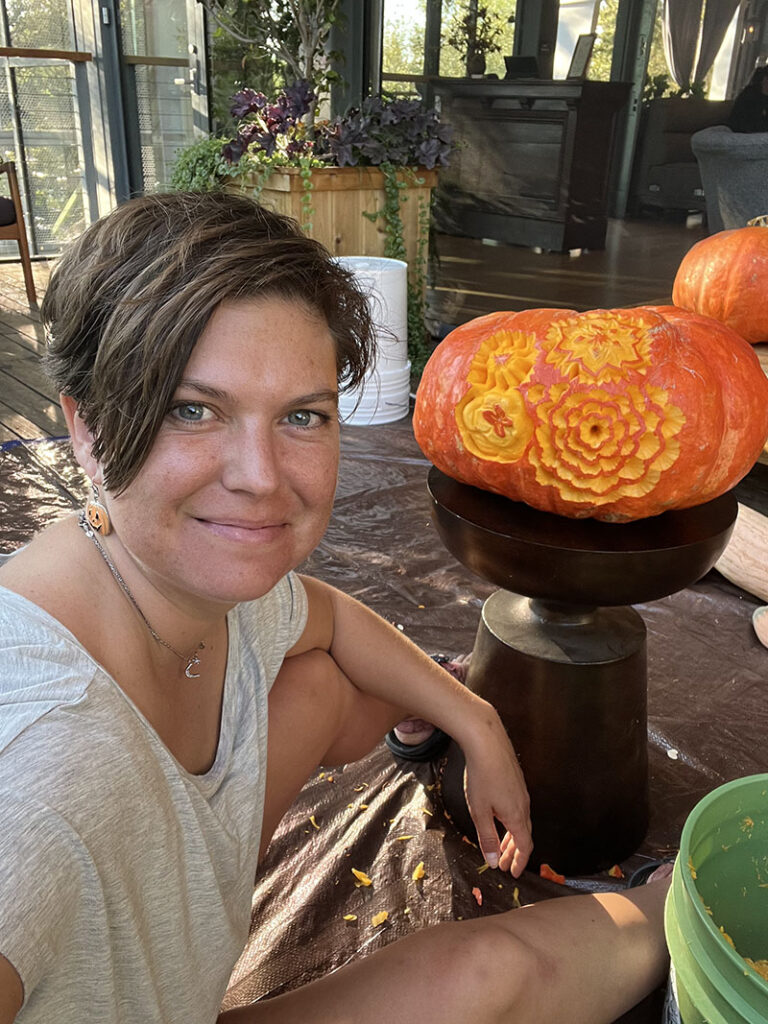Growing Gardeners
School gardens in Reno-Tahoe sow knowledge about food and our environment.
Learning doesn’t always have to happen inside a classroom. An activity, including one that gets students outside in nature, can enrich students’ lives and set them on the path toward careers. School gardens are heralded for the many benefits they give students, from kindergarten through 12th grade (and sometimes even before). Not only can a school garden help a child explore the world around them and provide an outdoor space for interdisciplinary learning, but it also introduces young people to important concepts such as food insecurity and food deserts, nutrition, and more.
In fact, experts at the Nevada Department of Agriculture cite a correlation between school gardens and healthy habits and behaviors in children, including improved student health, nurtured curiosity, a desire to explore the world, and increased consumption of fruits and vegetables. And studies also show a connection between working with plants and reduced stress levels, supporting the emotional development of students exposed to school gardens.
“Besides straightforward skills like weeding, planting, composting, and harvesting, students also learn to tune in to the rhythms of the season; they get comfortable taking risks, they experience accomplishment over short and long periods of time, and they learn responsibility and cooperation as they plan projects in the garden and greenhouse,” says Mary Levy, head of school at Mountain View Montessori in Reno. “Our hope is that they feel a sense of belonging in the natural environment.”
Founded in 1970, the school serves 230 students on its grounds, ages 1 through 14. The garden features raised vegetable, herb, and botanical beds; a standard and hydroponic greenhouse; a fruit orchard; an environment for sheep; a year-round hoop house; a full-cycle compost system; 190 solar panels; a wind turbine; and diverse varieties of plants and trees. Prior to the pandemic, the school also supported and twice hosted the annual school garden conference in cooperation with the NDA. The school employs two full-time gardening specialists to assist students in the gardens, lead hands-on projects, and maintain the spaces.
Throughout the year, the crop yields change. There are almost always roots and leaves, including herbs, lettuce, kale, chard, beets, carrots, and radishes, in the garden beds. Then, warm-season crops, such as tomatoes, peppers, and squash, are planted in spring. When the students come back to school in the fall, they can enjoy this bounty along with orchard fruits, such as apples, blackberries, currants, and pears.
“Outdoor work can incorporate all of the educational disciplines of mathematics, science, language, humanities, microeconomic[s], and service leadership; the list goes on and on,” Levy says. “Working with the land develops confident, resourceful, self-directed individuals who gain life skills to become direct contributors to our community’s future.”
What’s grown in the garden goes into school lunches and, when there is a surplus, into the greater community to support local nonprofit Reno Food Systems and homeless shelters. Each year, an edible schoolyard dinner is held as a fundraiser, and the meal contains food grown in the garden.
“Folding the garden into the culture of our school at a pace that makes sense has made it possible and natural for teachers to incorporate the garden and the outdoors into their classrooms,” Levy says.
Garden Education
In West Reno, Caughlin Ranch Elementary School’s garden features four 4-by-8-foot garden beds, four picnic tables, and a native plant area. Students not only work in the garden, but also use the space for science activities and other subjects such as writing and social/emotional learning.
“I love that Caughlin Ranch is lucky enough to have a garden,” says Rachel Miller, a third-grade teacher at the school. “Almost every classroom goes out to use the space for outdoor education, and the kids love it.”
Each year, the garden features perennials, including strawberries, chives, lavender, and more, according to Miller. Many years, beans, corn, and squash are planted together to teach students about how certain plants grow better near each other, but sometimes the emphasis is put on tomatoes, peppers, cucumbers, kale, and spinach.
Reno-based nonprofit Urban Roots had a heavy hand — or (green) thumb — in getting the garden up and running in 2016. In fact, it has supported 24 school gardens in Washoe County. Its involvement in Caughlin Ranch’s garden included developing a full year’s worth of lessons and providing hands-on assistance in the garden. After that, parent volunteers stepped in to help teachers with lesson planning. Mostly, though, students run the garden.
“The adults might be doing the planning, but the kids are the ones doing the work,” Miller says.
A Nonprofit’s Assistance
Many school gardens are maintained in house by students, faculty, and staff, often in partnership with state programs; however, some charitable organizations, such as Urban Roots, have gotten involved with both school and community gardens to increase their reach and educational impact.
Another such nonprofit is The Greenhouse Project in Carson City. It operates the garden and related programs at Carson High School as well as a second community garden behind the Carson Tahoe Cancer Center. The group’s mission is growing, giving, and teaching for a healthier, more sustainable community.
“The giving part of that mission is that everything we grow and harvest gets donated to the food banks in town,” says Christin Cohee, director of programs at The Greenhouse Project.
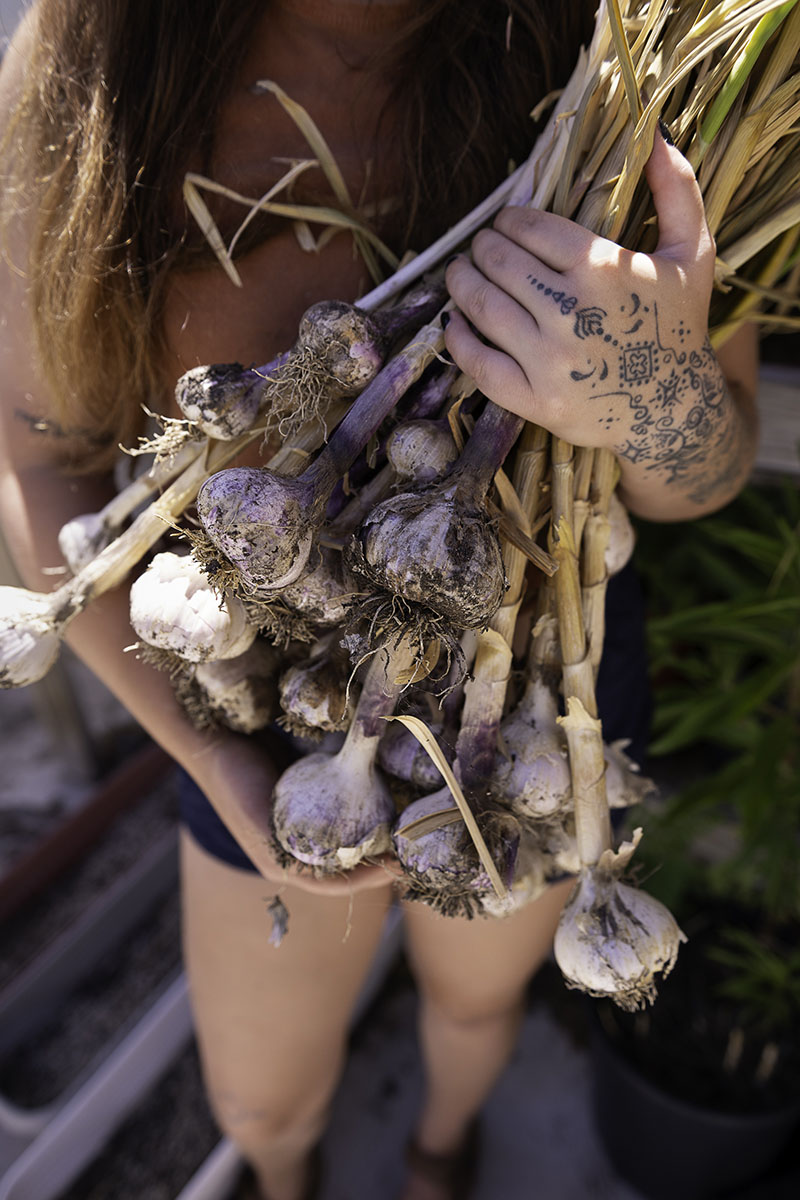
The organization leases the land for the Carson High garden from the school district that then, as agreed to, funnels all rent monies into the school’s agriculture education program. As a result, the program has grown from 15 students and one part-time teacher to 300-plus students (and a waiting list) and three full-time teachers supporting three educational tracks.
The Greenhouse Project recently expanded the garden, adding another site behind the high school to start a plant nursery and compost operation. Schools and restaurants provide food scraps that are then composted, with the goal being that the school could then sell that compost to local residents. This space also will allow for an increase in production of the program’s native plants, which are sold at the Carson Farmers Market and through an annual plant sale, and which may help to support the petunia baskets The Greenhouse Project already provides to beautify Downtown Carson City.
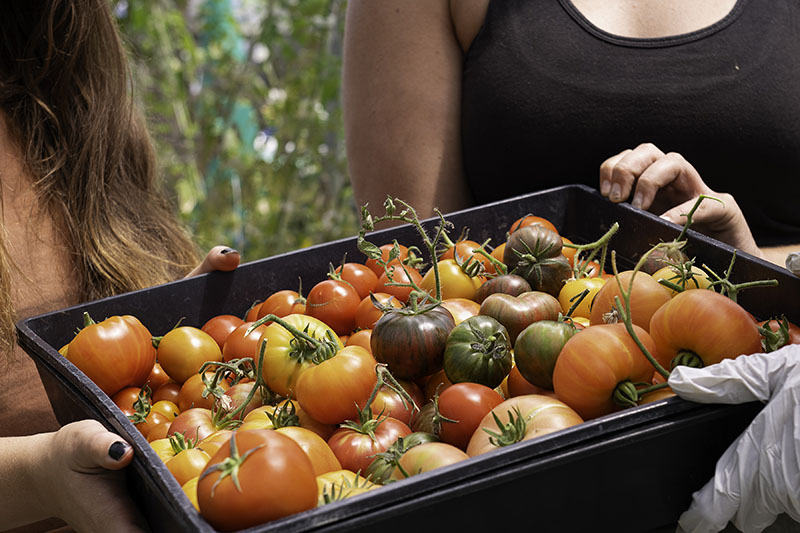
Most of the high school students’ interactions with the garden are through its agriculture program, but other science teachers bring their classes out throughout the year as part of those curricula. In addition to students and teachers, AmeriCorps members help manage the gardens, most of whom are from Carson High (two graduates and one student). Once a month, the gardens open to community volunteers, which sometimes include University of Nevada, Reno students.
“A lot of people in general don’t realize that you can actually make a career from agriculture,” Cohee says.
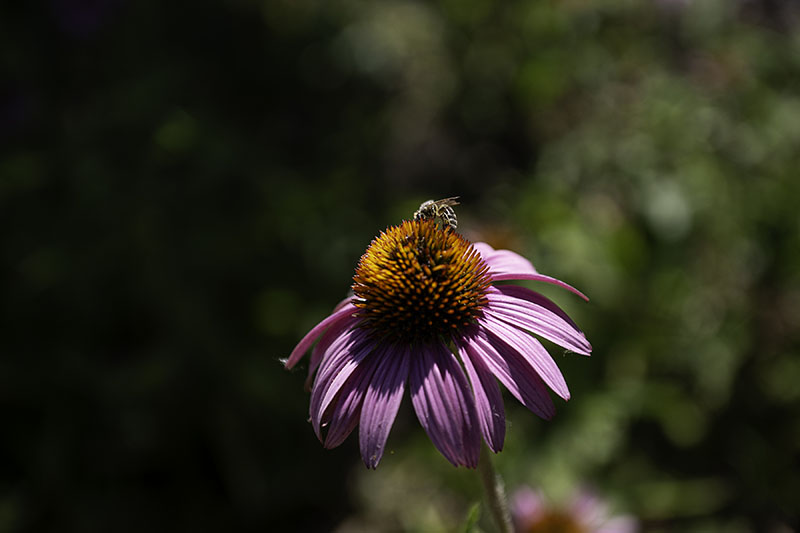
Exposing youths to related career options and sparking an interest in gardening are two of the best outcomes of the program. Gardening also teaches patience, exposes students to the processes related to gardening and food production, and forces them to be present in the outdoors, thanks to the no-phones policy in force within the garden.
From Classroom to Market
Green Our Planet is another organization that is heavily involved with school gardens throughout Nevada, as well as 43 other states and four other countries. The organization, based in Nevada, works with 427 schools in The Silver State, representing 15 of 17 counties. For 100 of those gardens, Las Vegas farmers help with maintenance, while for others, Green Our Planet works as a liaison between schools and other local programs (such as Big Green, headed by Kimbal Musk and volunteers from local Elks Lodges and Rotary Clubs) and as a provider of educational materials.
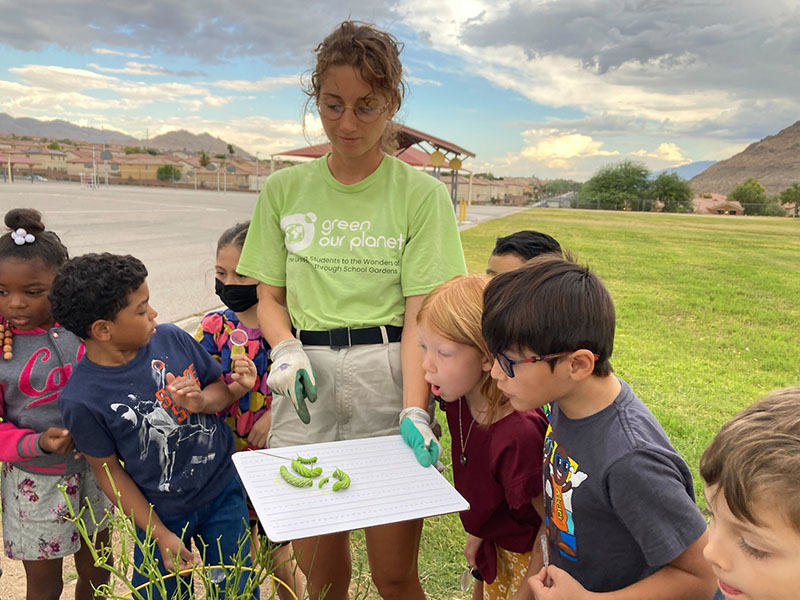
Green Our Planet runs two programs in schools: HydroConnect and GardenConnect. The programs, which cost $17,500 and $3,500, respectively (and $2,500 per year after that for each), can be purchased by schools or given as gifts from corporations that purchase HydroHealth hydroponics systems for offices. Grant funding recently enabled 250 schools in Nevada to acquire the HydroConnect hydroponics system free of charge, including 19 tabletop units and one large unit per system.
The educational videos created for students in grades K to 12 are the crux of the business model because the material not only works with the Green Our Planet systems operating in schools, but also meets Next Generation Science Standards, Common Core State Standards, and Nevada Academic Content Standards for Science.
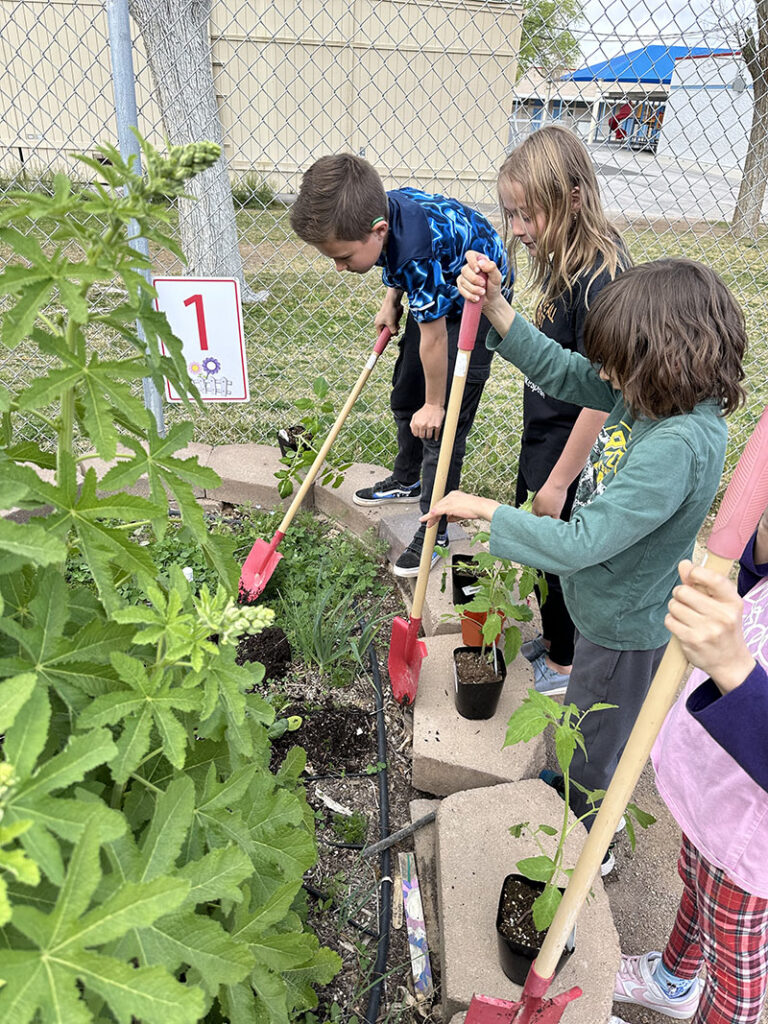
“School gardens and hydroponics offer numerous benefits … They foster a classroom community where students learn essential skills about feeding themselves and their families, promoting self-sufficiency and healthy eating habits,” says Woody Worthington, Green Our Planet’s director of National Partnership and Special Envoy to Northern & Rural Nevada.
To take the lessons beyond the classroom, Green Our Planet hosts an annual farmers’ market in Northern Nevada, where students get to sell what they have grown in their gardens. Because different schools produce different items — including popular farmers’ market staples such as leafy greens, onions, lavender, pumpkins, squash, tomatoes, and more — there is a varied selection of goods sold at these events.
This model helps young people to see the reality of working in agriculture careers as they consider profits, final products, marketing, sales goals, and more.

“Participating in farmers’ markets allows students to share their projects with the broader community, building relationships between community members and schools, and showcasing the positive impact of these programs on both education and local connections,” Worthington says. “It takes a village, it really, really does … to get these kids locked in and ready to go.”
Levy says, “School gardens provide an opportunity for schools — our school and any school — to find ways to become more self-sufficient, provide a prepared environment for students to connect with nature, and give students opportunities to be creative thinkers [and] problem solvers.”





